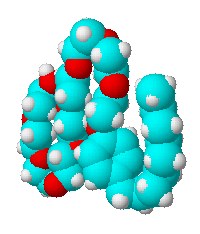Blair Bolles discussed the Sunday Times Acrostic puzzle recently on one of the NASW discussion groups. Apparently, he was rather intrigued by a “new” word – retronym. As examples, he cites “silent movies” and “acoustic guitar” all retronymic phrases – i.e. the qualifier was added after the original word lost its original meaning.
Another example he gives is “special relativity”. Einstein talked of his “theory of relativity” but then he came up with another “theory of relativity” so the first one was retronymically referred to as “special”.
Puzzlingly, Blair says Google only lists one page carrying the word retronym – a google whack blatt, in other words. But, I see more than 20,000 hits when I search…
This article ties in quite neatly with a more recent item I wrote on redundancy in phrases such as male semen, as if there could be any other kind.
